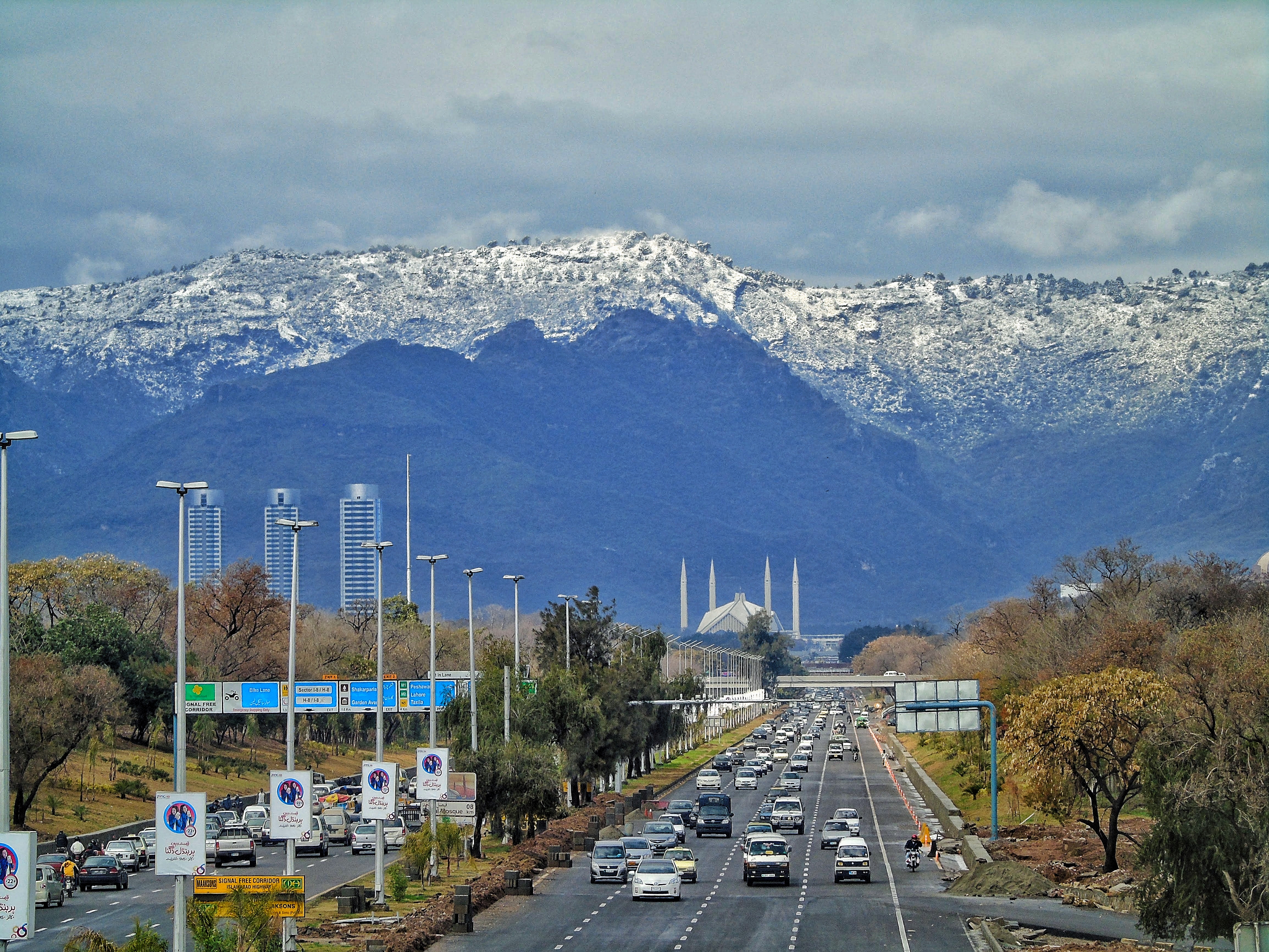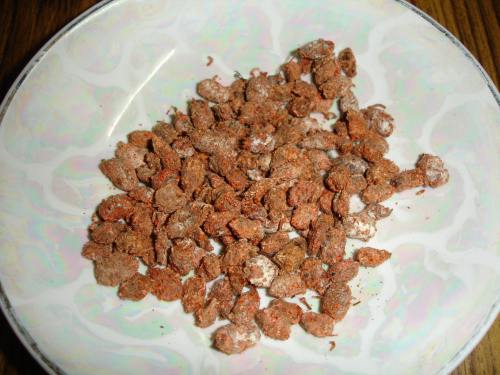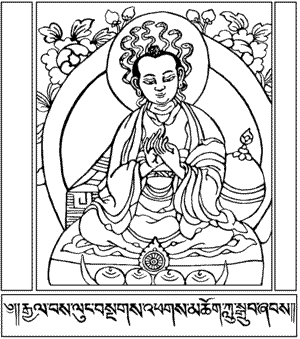|
National Council For Tibb
National Council for Tibb ( ur, ) is a body corporate, established under section 3 of The Unani, Ayurvedic and Homoeopathic Practitioners Act, 1965, to promote the Unani, Ayurvedic and Homoeopathic system of medicine.'Tibb' education Dawn (newspaper), Published 19 August 2016, Retrieved 10 August 2021 It is responsible for developing curriculum, education and examination of Tibb-e-Unani and and for registration of Tabibs/ Hakims and Vaids who passed the examination. ... [...More Info...] [...Related Items...] OR: [Wikipedia] [Google] [Baidu] |
Islamabad
Islamabad (; ur, , ) is the capital city of Pakistan. It is the country's ninth-most populous city, with a population of over 1.2 million people, and is federally administered by the Pakistani government as part of the Islamabad Capital Territory. Built as a planned city in the 1960s, it replaced Rawalpindi as Pakistan's national capital. The city is notable for its high standards of living, safety, cleanliness, and abundant greenery. Greek architect Constantinos Apostolou Doxiadis developed Islamabad's master plan, in which he divided it into eight zones; administrative, diplomatic enclave, residential areas, educational and industrial sectors, commercial areas, as well as rural and green areas administered by the Islamabad Metropolitan Corporation with support from the Capital Development Authority. Islamabad is known for the presence of several parks and forests, including the Margalla Hills National Park and the Shakarparian. It is home to several landmarks, includin ... [...More Info...] [...Related Items...] OR: [Wikipedia] [Google] [Baidu] |
Pakistan
Pakistan ( ur, ), officially the Islamic Republic of Pakistan ( ur, , label=none), is a country in South Asia. It is the world's List of countries and dependencies by population, fifth-most populous country, with a population of almost 243 million people, and has the world's Islam by country#Countries, second-largest Muslim population just behind Indonesia. Pakistan is the List of countries and dependencies by area, 33rd-largest country in the world by area and 2nd largest in South Asia, spanning . It has a coastline along the Arabian Sea and Gulf of Oman in the south, and is bordered by India to India–Pakistan border, the east, Afghanistan to Durand Line, the west, Iran to Iran–Pakistan border, the southwest, and China to China–Pakistan border, the northeast. It is separated narrowly from Tajikistan by Afghanistan's Wakhan Corridor in the north, and also shares a maritime border with Oman. Islamabad is the nation's capital, while Karachi is its largest city and fina ... [...More Info...] [...Related Items...] OR: [Wikipedia] [Google] [Baidu] |
Iman, Ittihad, Nazm
Faith, Unity, Discipline ( ur, ) is the national motto of Pakistan. It is regarded as the guiding principle of Pakistan's nationhood. Upon the independence of Pakistan, it was introduced and adopted as the national motto by the country's founder Muhammad Ali Jinnah. It is inscribed in Urdu at the base of the state emblem. The emblem itself is an adaptation of four components: wreath, crescent, star and scroll, with all components in the shield bounded by the wreath of the Jasmine flower, and the crescent and star crest depicted at the top. Origin The origin of the motto is derived from the country's founding father Muhammad Ali Jinnah. Jinnah related it to his personal example of life, and instilled a message to the youth of his time, as well as for Pakistan's future generations. On 28 December 1947, four months after the emergence of Pakistan on the world's map, Jinnah said: "We are going through fire: the sunshine has yet to come. But I have no doubt that with Unity, Fa ... [...More Info...] [...Related Items...] OR: [Wikipedia] [Google] [Baidu] |
Higher Education Commission Of Pakistan
The Higher Education Commission (colloquially known as HEC) is a statutory body formed by the Government of Pakistan which was established in 2002 under the Chairmanship of Atta-ur-Rahman. Its main functions are funding, overseeing, regulating and accrediting the higher education institutions in the country. It was first established in 1974 as University Grants Commission (UGC), and came into its modern form on 11 September 2002 after Atta-ur-Rahman's reforms, which received international praise. The commission is responsible for formulating higher education policy and quality assurance to meet the international standards as well as providing accrediting academic degrees, development of new institutions and uplift of existing institutions in Pakistan. The commission also facilitated the development of higher educational system in the country with the main purpose of upgrading the universities and degree awarding institutes in the country to be focal point of the high learnin ... [...More Info...] [...Related Items...] OR: [Wikipedia] [Google] [Baidu] |
Unani Medicine
Unani or Yunani medicine (Urdu: ''tibb yūnānī'') is Perso-Arabic traditional medicine as practiced in Muslim culture in South Asia and modern day Central Asia. Unani medicine is pseudoscientific. The Indian Medical Association describes Unani practitioners who claim to practice medicine as quacks. The term '' Yūnānī'' means "Greek", as the Perso-Arabic system of medicine was based on the teachings of the Greek physicians Hippocrates and Galen. The Hellenistic origin of Unani medicine is still visible in its being based on the classical four humours: phlegm (), blood (''dam''), yellow bile (''ṣafrā'') and black bile (''saudā), but it has also been influenced by Indian and Chinese traditional systems. History Arab and Persian elaborations upon the Greek system of medicine by figures like Ibn Sina and al-Razi influenced the early development of Unani. Unani medicine interacted with Indian Buddhist medicine at the time of Alaxander's invasion of India. There was a g ... [...More Info...] [...Related Items...] OR: [Wikipedia] [Google] [Baidu] |
Ayurvedic Medicine
Ayurveda () is an alternative medicine system with historical roots in the Indian subcontinent. The theory and practice of Ayurveda is pseudoscientific. Ayurveda is heavily practiced in India and Nepal, where around 80% of the population report using it. Ayurveda therapies have varied and evolved over more than two millennia. Therapies include herbal medicines, special diets, meditation, yoga, massage, laxatives, enemas, and medical oils. Ayurvedic preparations are typically based on complex herbal compounds, minerals, and metal substances (perhaps under the influence of early Indian alchemy or ''rasashastra''). Ancient Ayurveda texts also taught surgical techniques, including rhinoplasty, kidney stone extractions, sutures, and the extraction of foreign objects. The main classical Ayurveda texts begin with accounts of the transmission of medical knowledge from the gods to sages, and then to human physicians. Printed editions of the ''Sushruta Samhita'' (''Sushruta's Compendi ... [...More Info...] [...Related Items...] OR: [Wikipedia] [Google] [Baidu] |
Homoeopathic Medicine
Homeopathy or homoeopathy is a pseudoscientific system of alternative medicine. It was conceived in 1796 by the German physician Samuel Hahnemann. Its practitioners, called homeopaths, believe that a substance that causes symptoms of a disease in healthy people can cure similar symptoms in sick people; this doctrine is called '' similia similibus curentur'', or "like cures like". Homeopathic preparations are termed ''remedies'' and are made using homeopathic dilution. In this process, the selected substance is repeatedly diluted until the final product is chemically indistinguishable from the diluent. Often not even a single molecule of the original substance can be expected to remain in the product. Between each dilution homeopaths may hit and/or shake the product, claiming this makes the diluent remember the original substance after its removal. Practitioners claim that such preparations, upon oral intake, can treat or cure disease. All relevant scientific knowledge about ... [...More Info...] [...Related Items...] OR: [Wikipedia] [Google] [Baidu] |
Ayurveda
Ayurveda () is an alternative medicine system with historical roots in the Indian subcontinent. The theory and practice of Ayurveda is pseudoscientific. Ayurveda is heavily practiced in India and Nepal, where around 80% of the population report using it. Ayurveda therapies have varied and evolved over more than two millennia. Therapies include herbal medicines, special diets, meditation, yoga, massage, laxatives, enemas, and medical oils. Ayurvedic preparations are typically based on complex herbal compounds, minerals, and metal substances (perhaps under the influence of early Indian alchemy or ''rasashastra''). Ancient Ayurveda texts also taught surgical techniques, including rhinoplasty, kidney stone extractions, sutures, and the extraction of foreign objects. The main classical Ayurveda texts begin with accounts of the transmission of medical knowledge from the gods to sages, and then to human physicians. Printed editions of the '' Sushruta Samhita'' (''Sushruta's Compen ... [...More Info...] [...Related Items...] OR: [Wikipedia] [Google] [Baidu] |
Hakim (title)
and are two Arabic titles derived from the same triliteral root Ḥ-K-M "appoint, choose, judge". Hakīm () This title is one of the 99 Names of God in Islam. Hakīm (alternative transcription Hakeem) indicates a "wise man" or "physician", or in general, a practitioner of herbal medicine, especially of Unani and Islamic medicine, like Hakim Ajmal Khan, Hakim Said, Hakim Syed Zillur Rahman, etc. Hakīm or Hakeem ( ur, , hi, हकीम) is also used for practitioner of Eastern medicine, those versed in indigenous system of medicines. Hakīm was also used more generally during the Islamic Golden Age to refer to polymath scholars who were knowledgeable in religion, medicine, the sciences, and Islamic philosophy. Some examples of hakīm are: * Ibn Sina * Omar Khayyam Uses * In old Abyssinia or Ethiopia, ''Hakim'' usually meant a learned person, usually a physician. Hence a ''Hakim-Bejt'' was a doctor's house or hospital. * In Bangladesh, India and Pakistan, ''Hakim'' or ... [...More Info...] [...Related Items...] OR: [Wikipedia] [Google] [Baidu] |
Vaidya
Vaidya (Sanskrit: ), or vaid is a Sanskrit word meaning "traditional practitioner of Ayurveda", an indigenous Indian system of alternative medicine. Senior practitioners or teachers were called ''Vaidyarāja'' ("physician-king") as a mark of respect. Some practitioners who had complete knowledge of the texts and were excellent at their practices were known as ''Pranaacharya''. Some royal families in India had a personal ''vaidya'' in attendance and these people were referred to as ''Rāja Vaidya'' ("the king's physician"). In Maharashtra, like many other last names, the last name "Vaidya" is linked to the profession that the family followed. Vaidya as a surname As a last name in Maharashtra, Vaidya is usually found in several communities like the Chandraseniya Kayastha Prabhu Chitpawan as well as Sonar(goldsmith, an educationally backward caste). Notables *Lakshman Jagannath Vaidya *Narayan Jagannath Vaidya *Chintaman Vinayak Vaidya *Bhai Vaidya *Arun Shridhar Vaidya *Jalabala V ... [...More Info...] [...Related Items...] OR: [Wikipedia] [Google] [Baidu] |
Medical Education In Pakistan
Medicine is the science and practice of caring for a patient, managing the diagnosis, prognosis, prevention, treatment, palliation of their injury or disease, and promoting their health. Medicine encompasses a variety of health care practices evolved to maintain and restore health by the prevention and treatment of illness. Contemporary medicine applies biomedical sciences, biomedical research, genetics, and medical technology to diagnose, treat, and prevent injury and disease, typically through pharmaceuticals or surgery, but also through therapies as diverse as psychotherapy, external splints and traction, medical devices, biologics, and ionizing radiation, amongst others. Medicine has been practiced since prehistoric times, and for most of this time it was an art (an area of skill and knowledge), frequently having connections to the religion, religious and philosophy, philosophical beliefs of local culture. For example, a medicine man would apply herbs and say prayers fo ... [...More Info...] [...Related Items...] OR: [Wikipedia] [Google] [Baidu] |
Ayurvedic Organisations
Ayurveda () is an alternative medicine system with historical roots in the Indian subcontinent. The theory and practice of Ayurveda is pseudoscientific. Ayurveda is heavily practiced in India and Nepal, where around 80% of the population report using it. Ayurveda therapies have varied and evolved over more than two millennia. Therapies include herbal medicines, special diets, meditation, yoga, massage, laxatives, enemas, and medical oils. Ayurvedic preparations are typically based on complex herbal compounds, minerals, and metal substances (perhaps under the influence of early Indian alchemy or ''rasashastra''). Ancient Ayurveda texts also taught surgical techniques, including rhinoplasty, kidney stone extractions, sutures, and the extraction of foreign objects. The main classical Ayurveda texts begin with accounts of the transmission of medical knowledge from the gods to sages, and then to human physicians. Printed editions of the ''Sushruta Samhita'' (''Sushruta's Compendi ... [...More Info...] [...Related Items...] OR: [Wikipedia] [Google] [Baidu] |






